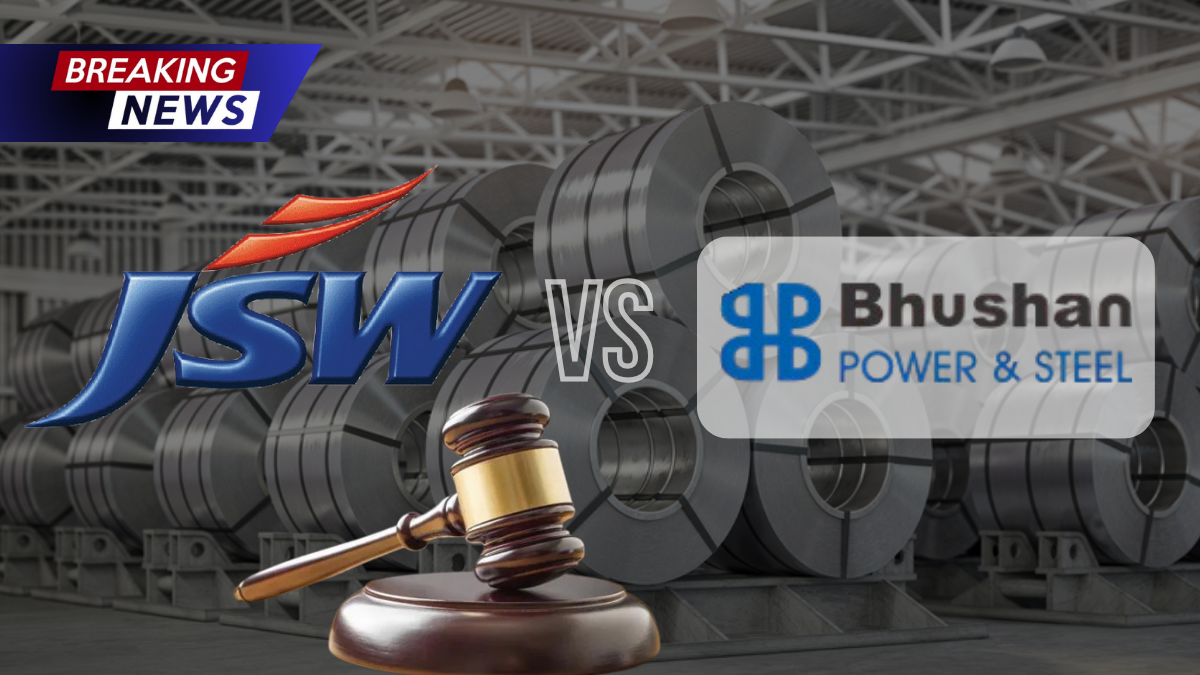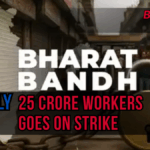The tussle between JSW Steel and Bhushan Power and Steel Ltd. (BPSL) has drawn significant attention, most notably following the Supreme Court’s May 2 verdict directing BPSL’s liquidation. This decision not only highlighted procedural complexities but also underscored the challenges industries face navigating India’s Insolvency and Bankruptcy Code (IBC). JSW’s subsequent review petition emphasizes the intricacies of corporate resolution and liquidation in India’s judicial framework.

Contextualizing the Case
What Led to the Case?
The origins of this legal battle date back to JSW Steel’s acquisition of BPSL under the IBC. A consortium of creditors approved JSW’s resolution plan in 2019, but delays in its implementation emerged as critical points in subsequent legal scrutiny. By the time the resolution appeared to gain momentum, creditors experienced a delay of 540 days in receiving payments, and concerns arose over procedural irregularities. These lapses eventually culminated in the Supreme Court’s rejection of JSW’s resolution plan.
Supreme Court’s Rationale and Verdict
On May 2, 2025, the Supreme Court issued a scathing critique of JSW Steel’s resolution plan, citing several procedural failures. Here were the key observations of the court:
- Non-compliance with Mandatory Requirements
JSW’s resolution plan failed to adhere to the framework outlined by the IBC.
- Lapses by the Resolution Professional (RP)
The RP, Mahender Khandelwal, was admonished for not fulfilling his statutory duties under the CIRP regulations.
- Committee of Creditors’ Accountability
The court noted that the Committee of Creditors (CoC) failed in its responsibility to exercise its commercial wisdom effectively.
Invoking Article 142 of the Constitution, the court ordered BPSL’s liquidation to safeguard the interests of all stakeholders.
JSW’s Review Petition and Its Arguments
Following the Supreme Court’s ruling, JSW and other stakeholders were granted a brief reprieve on May 26, when the NCLT was instructed to maintain the status quo on liquidation proceedings. On June 26, JSW filed a formal review petition, presenting its arguments against the May 2 ruling.
The review petition focused on several points:
- Errors Apparent on Record
JSW’s representation emphasized that critical documents were overlooked in the original judgment.
- Economic Viability of BPSL
JSW noted that BPSL posted an annual turnover of ₹28,000 crore and employed 25,000 people, arguing that liquidation could have severe economic consequences.
- Independent Verification
JSW Steel stated that a leading consultancy firm had audited its eligibility to acquire BPSL under Section 29A of the IBC, with findings that were shared with the CoC.
These arguments aim to showcase the merits of reconsidering the resolution plan, rather than resorting to liquidation.
Broader Implications on the Insolvency Ecosystem
The JSW-BPSL case is a crucial moment for India’s insolvency landscape. Here are some takeaways for stakeholders and policymakers alike:
- Strengthening Procedural Compliance
This case underscores the importance of following CIRP processes meticulously, as non-compliance can lead to years of delays and financial uncertainty.
- Commercial Wisdom of Creditors
The Supreme Court’s criticism of the CoC sheds light on the need for stringent checks on resolutions approved by creditors.
- Investor Sentiment
The legal challenges faced by JSW Steel could significantly impact foreign and domestic investment in distressed assets. The predictability of outcomes plays a central role in corporate resolutions under the IBC.
What Lies Ahead?
The resolution of JSW’s review petition and the subsequent proceedings will serve as a litmus test for India’s handling of insolvency cases. It also holds the potential to shape amendments or adjustments in the IBC to address procedural gaps. For industries watching closely, this case represents the pitfalls and opportunities tied to India’s expanding insolvency framework.
For enterprises navigating corporate distress or insolvency, the need for legal and financial expertise has never been more pronounced. Stakeholders must ensure their approaches align with the regulatory frameworks to minimize risks and maximize outcomes.
FAQs About JSW And Bhushan Power
Q1. What was the case between JSW Steel and Bhushan Power about?
A. The case involved the purchase of Bhushan Power & Steel by JSW Steel under India’s insolvency resolution process. Legal disputes arose regarding the implementation and regulatory compliance under the Insolvency and Bankruptcy Code (IBC).
Q2. What was the Supreme Court’s verdict in this case?
A. The Supreme Court upheld the resolution plan submitted by JSW Steel, emphasizing the protections provided to successful bidders under the IBC. This ruling reinforced legal clarity for future insolvency cases.
Q3. How does this case impact India’s insolvency framework?
A. The case solidifies the credibility and robustness of the Insolvency and Bankruptcy Code, encouraging greater participation from investors and facilitating smoother resolution of distressed assets.
Q4. What protections were granted to JSW Steel under the judgment?
A. The judgment clarified that JSW Steel, as the successful bidder, would not be held liable for the previous misconduct or debts of Bhushan Power, ensuring a clean slate for new investors.
Q5. Why is this case significant?
A. This case is pivotal as it strengthens legal protections for resolution applicants and highlights the efficiency of India’s IBC, making it a key milestone in the country’s corporate restructuring landscape.
For More Information Click Here



